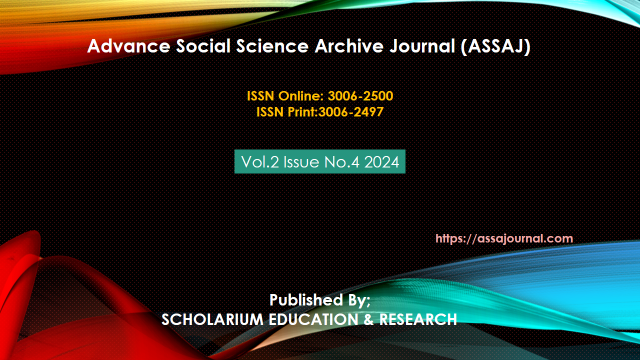SOCIOECONOMIC AND AGRICULTURE PRODUCTIVITY IMPACT OF SABAKZAI DAM: A CASE STUDY OF BALOCHISTAN, PAKISTAN
Abstract
This study was carried out to compare the yield of Quince fruit in two villages of District Zhob such as Mena village where Dam is used as source of irrigation and Rakhpor village which relies upon tube well as source of irrigation. For this purpose, primary data was collected on various inputs from the respondents along with the sources of irrigation such as Dam and Tube well used for the quince production in village Mena and Rakhpor. For econometric analysis, multiple OLS regression technique was applied and Descriptive statistics on socioeconomic characteristics was estimated. Findings revealed that the overall model was good and shown positive impact of education of Household head, Household family education and Land size, and negative impact of Fertilizer price and cost of irrigation hours on Quince yield. The dummy variable also have shown positive and highly significant impact on Quince yield which reveals that dam has a positive impact and plays a vital role in improving the living standard of Mena village. In a nutshell, it can be said that Sabakzai Dam has a positive impact on the on the socio economic features and productivity of Quince. The study recommended that Land resource should be used at optimal level to achieve large productivity and prosperity and hence, high returns. Secondly, Government and community should cooperate each other to repair the old canal and drainage system to minimize the wastage of water. Lastly, the Pricing of irrigation water to keep the project running on sustainable ground.
Keywords: Yield of Quince, Socio economic, Multiple OLS regression technique





